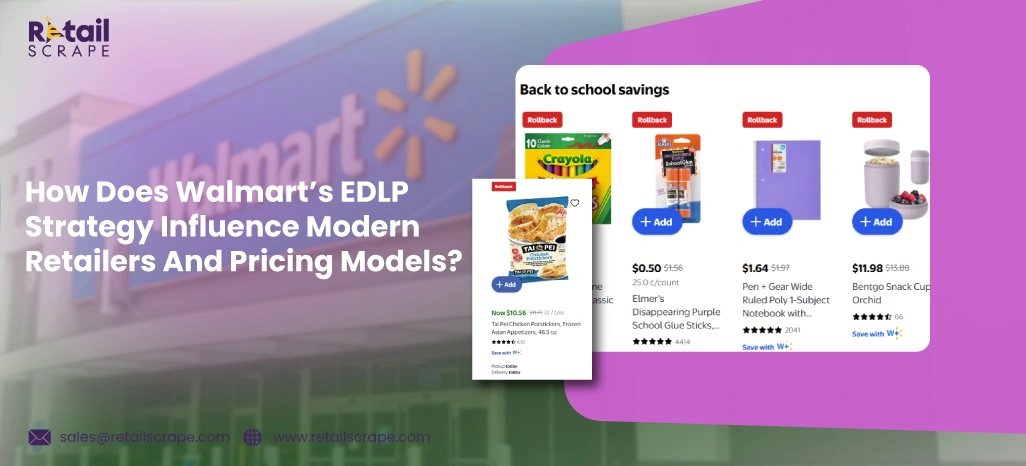
Introduction
In today’s high-stakes retail landscape, pricing is more than a figure—it’s a strategic edge. Retailers now strive to meet consumer expectations while safeguarding margins. At the forefront of this shift is Walmart’s EDLP Strategy, which prioritizes consistently low prices over periodic promotions.
This strategy is reshaping global pricing models and inspiring retailers to rethink their pricing frameworks. From influencing consumer decisions to optimizing supply chains, Walmart’s steady pricing model is driving a significant shift in the industry.
Accurate data is key to understanding these trends. Many analysts now rely on Walmart Product Data Scraping to track price fluctuations, assess competitive standing, and forecast category-level trends with precision.
Understanding the Foundation of This Pricing Philosophy

To truly grasp how it reshapes retail, it’s essential to understand the core principle behind the Everyday Low Pricing Strategy. Unlike high-low pricing tactics that rely on temporary discounts to drive foot traffic, this approach delivers consistent value every day.
It’s centered around three key components:
- Predictability: Customers can rely on paying a fair price every time, eliminating the need to chase sales or constantly compare.
- Operational Efficiency: Retailers streamline processes and reduce promotional overhead by minimizing the frequency of campaign rollouts.
- Loyalty Through Consistency: Shoppers are more likely to return when they feel confident that they’re always getting honest value.
Retailers using this model often strive for greater transparency and trust while optimizing their supply chain operations. However, success with this model demands precise cost management and strong vendor relationships—areas where Walmart has consistently excelled.
Shaping Customer Mindsets and Shopping Habits
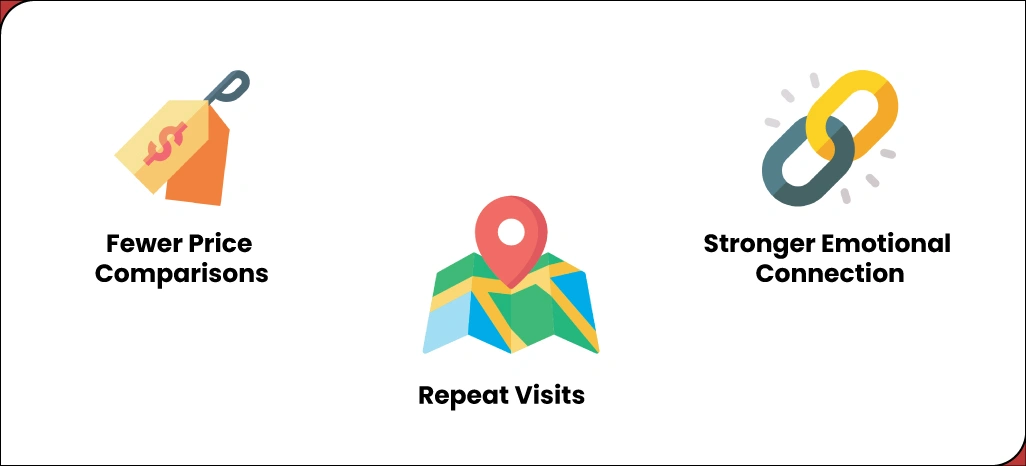
The Walmart EDLP Strategy goes beyond pricing—it shapes perception. Over time, it builds a belief among consumers that they no longer need to wait for markdowns or hunt for deals. This level of “price trust” fosters habitual purchasing and larger basket sizes.
Retailers implementing this approach notice several behavioral shifts:
- Fewer Price Comparisons: Shoppers are less inclined to browse across platforms or delay purchases.
- Stronger Emotional Connection: The sense of consistent value creates deeper customer alignment.
- Repeat Visits: Loyalty grows as customers feel reassured by pricing transparency.
This psychological shift has prompted many retailers to adopt steadier promotional models. However, few can replicate Walmart’s scale and backend efficiency that make this strategy viable at such a level.
Changing the Rules of Retail Price Competition
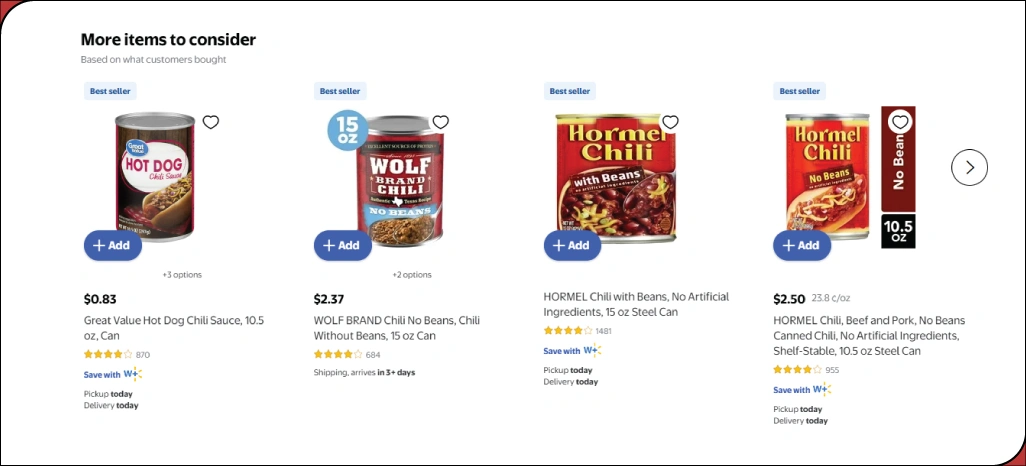
The retail pricing environment is undergoing a significant shift. In today’s digital-first world, where shoppers can compare options instantly, erratic discounts are losing their charm. Retailers are rethinking outdated promotion-heavy models in favor of long-term consistency.
Walmart’s ability to deliver low pricing consistently—without heavy advertising—has triggered a shift in how retailers:
- Time their discounting.
- Structure incentives and rewards.
- Approach vendor negotiations.
Walmart's EDLP Pricing Strategy doesn’t chase the thrill of markdowns; instead, it offers everyday rational value. For today’s price-sensitive and digitally aware shopper, this approach feels smarter, not dull.
Inspiring Digital Pricing Strategies Across Retail Channels
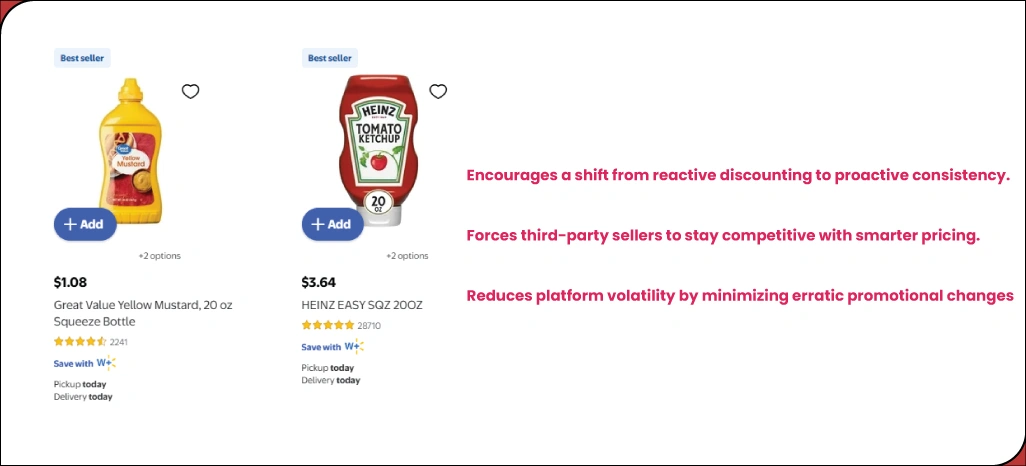
The ripple effects of the Walmart EDLP Strategy are seen across e-commerce and omnichannel formats. As digital platforms evolve, they’re moving toward replicating the same sense of consistency in pricing that Walmart has achieved through its standardization.
For online retail ecosystems, this low-price anchor:
- Encourages a shift from reactive discounting to proactive consistency.
- Forces third-party sellers to stay competitive with smarter pricing.
- Reduces platform volatility by minimizing erratic promotional changes.
Retailers who unify pricing across physical stores, mobile apps, and websites experience improved engagement metrics, reduced cart abandonment, and a healthier inventory flow.
Assessing If This Approach Fits Every Retail Model

While the idea of pricing stability sounds appealing, implementing the Everyday Low Pricing Strategy requires more than policy—it necessitates infrastructure. Retailers must possess strong control over logistics, supplier partnerships, and operational costs to make it work.
Potential roadblocks include:
- Thinner Margins: Pricing low every day can reduce financial leeway.
- Vendor Limitations: Not every supplier can offer favorable long-term rates.
- Risk to Perceived Quality: Poor positioning can lead consumers to question the product's standards.
Although the Walmart Everyday Low Pricing model is highly successful, it isn’t universally applicable. Retailers must assess whether their brand identity, customer expectations, and backend capabilities align with this model before fully adopting it.
Powering Strategy With Real-Time Market Intelligence
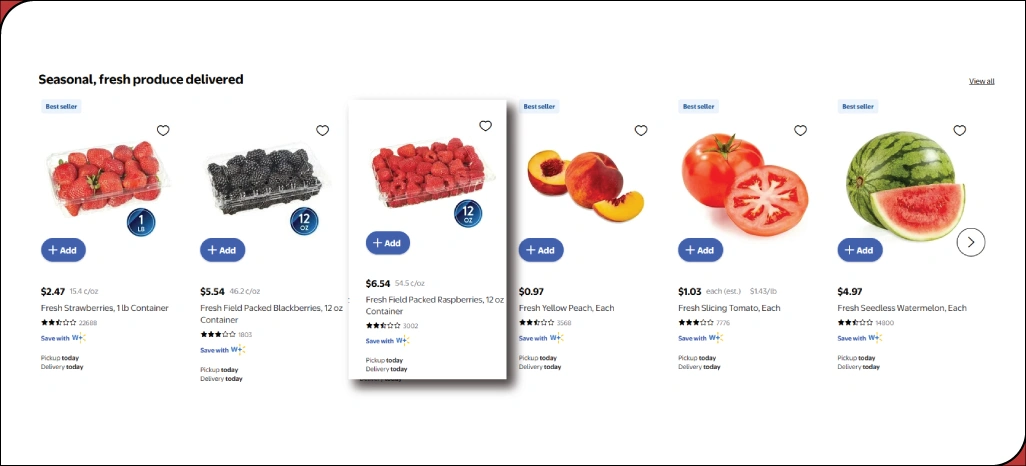
As price consistency becomes the norm, the demand for deep, actionable insights is rising. Retailers are increasingly investing in data solutions to make intelligent pricing decisions based on actual market behavior.
Key strategic moves include:
- Real-time monitoring of competitive pricing.
- Employing scraping price data across geographies.
- Leveraging AI-driven forecasting to support margin stability.
Through in-depth analysis of Walmart's EDLP Strategy, retailers can track thousands of price points, benchmark against industry standards, and fine-tune their positioning. These data-backed decisions empower more effective assortment planning and optimized promotions.
The Long-Term Impact: What the Future Holds
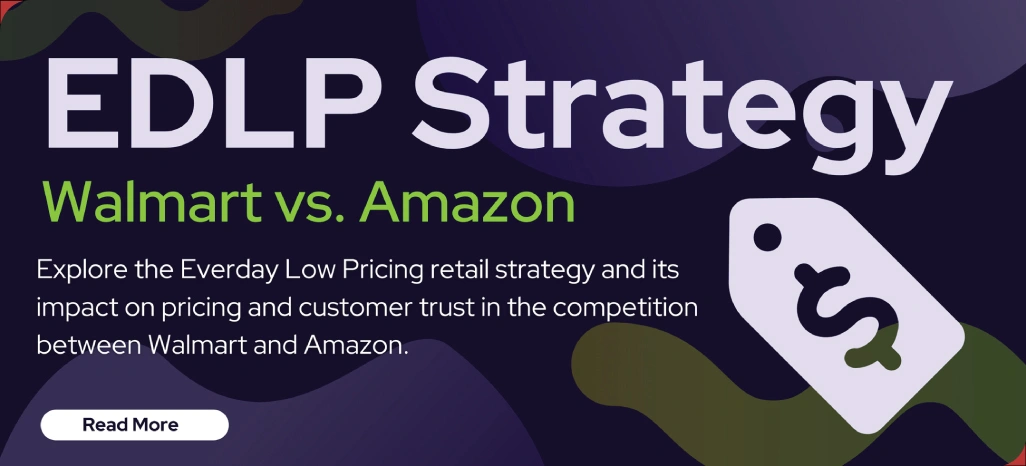
As we look ahead, the impact of Walmart’s EDLP Strategy is set to shape the broader retail landscape in more profound ways. In an era marked by inflationary pressure, economic uncertainty, and growing consumer price awareness, more retailers are expected to gravitate toward consistent pricing frameworks to maintain trust and competitiveness.
Key shifts on the horizon may include:
- Growth in subscription-based models that rely on predictable pricing structures.
- Advanced AI for price optimization is becoming a core part of pricing teams.
- Retailers are consolidating vendor relationships to gain stronger negotiation power.
Even retailers that don’t fully implement EDLP will likely adopt core elements of the strategy, particularly in selected product categories or specific markets. As omnichannel retail continues to evolve, maintaining a cohesive pricing strategy across all touchpoints will be more crucial than ever.
How Retail Scrape Can Help You?
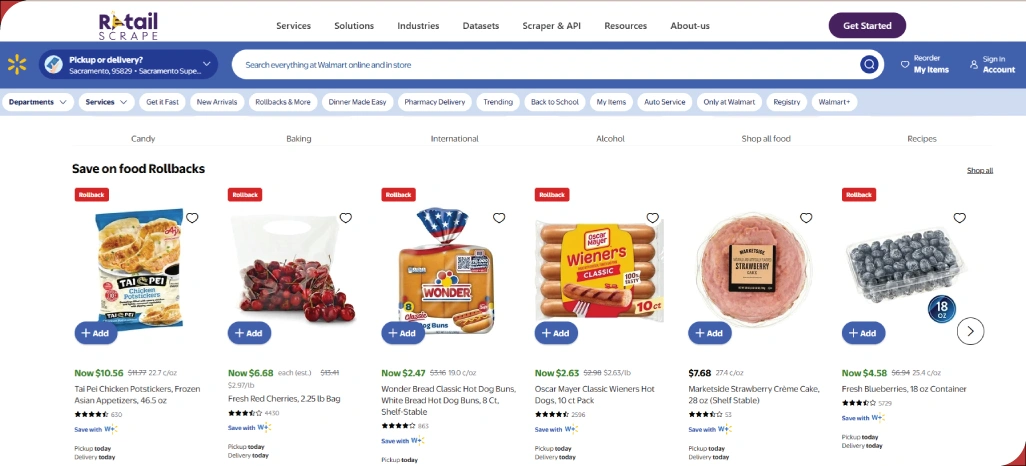
Understanding and analyzing Walmart’s EDLP Strategy requires more than surface-level observation. At Retail Scrape, we help retailers, analysts, and pricing strategists extract precise, real-time data that reflects Walmart's pricing consistency across categories and regions.
Here’s how we make it easier:
- Extract real-time pricing from Walmart platforms.
- Track category-level trends and SKUs over time.
- Monitor regional price differences for strategic insights.
- Deliver enriched, structured data for analytics tools.
- Support omnichannel data needs (web, app, APIs).
Whether you’re building a pricing model or evaluating competitors, our tools provide unmatched visibility into Walmart Everyday Low Pricing behaviors to inform better pricing decisions.
Conclusion
The consistency and customer trust built through Walmart’s EDLP Strategy have set a high benchmark for modern retail operations. For businesses aiming to compete effectively, adopting elements of this approach—such as price stability and operational efficiency—can drive long-term gains and foster stronger shopper loyalty.
Analyzing how Walmart’s EDLP Pricing Strategy shapes competitive pricing can offer profound insights for your business planning. To stay informed and competitive. Contact Retail Scrape today to transform your pricing strategy with accurate and actionable data.
